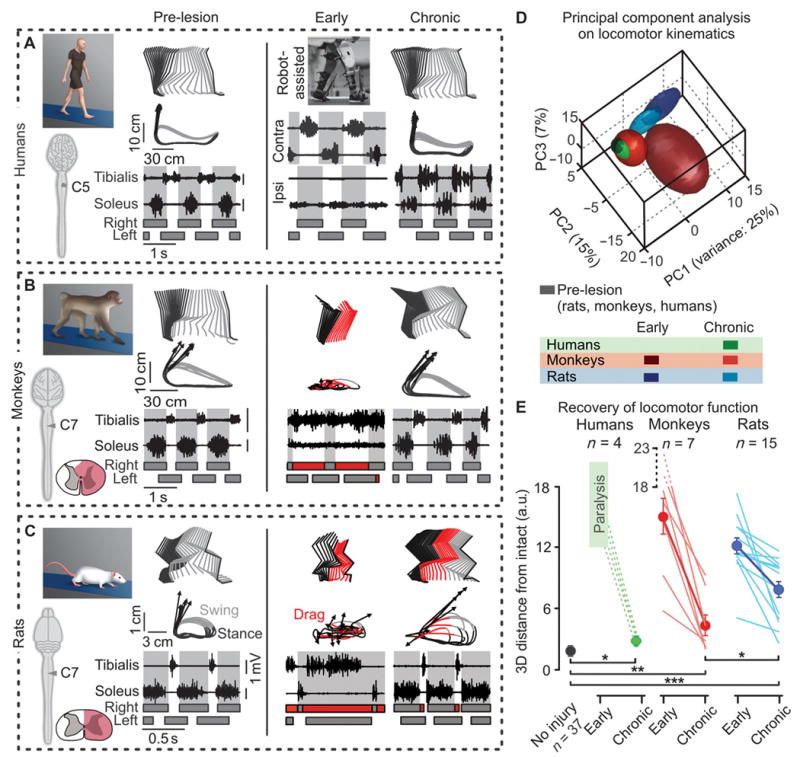Figure 3. Humans and monkeys show greater recovery of locomotion compared to rats after lateralized SCI.

(A to C) Decomposition of lower limb motion during stance and swing together with successive limb endpoint trajectories during locomotion on a treadmill. Representative data are shown for a human patient (A), monkey (B), and rat (C) before the injury (or healthy) and at early and chronic time-points post-SCI. The vectors indicate the direction and amplitude of foot acceleration at swing onset. The EMG activity of the soleus and tibialis anterior muscles is shown at the bottom. The shared areas indicate the duration of the stance phases. At early time-points, hemiplegic patients were recorded in the gait orthosis Lokomat. (D) PC analysis was applied on dimensionless parameters (n = 101) characterizing gait patterns of rats, monkeys, and humans. Least-squares spheres are traced to help visualize gait clusters, and thus emphasize time- and species-dependent gait recovery. (E) Individual (lines) and mean 3D distances between non-injured gait clusters, and those measured at the early and late time-points (a.u., arbitrary units). *p < 0.05, **p < 0.01, *** p < 0.001, ANOVA. Data are means +/- s.e.m (n indicated in figure).
